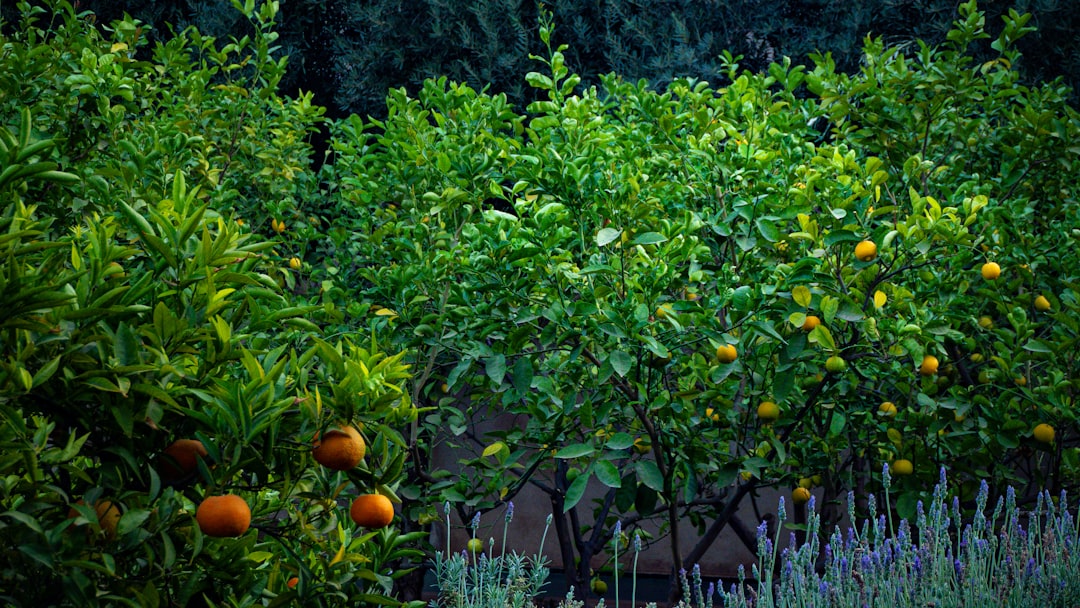The Secret to a Thriving Yard: Layered Raised Beds

Maintaining a beautiful and healthy yard garden can be a challenging task, especially when dealing with weeds and other common problems. However, there is a simple yet effective solution that can significantly reduce these issues and promote the growth of your plants: layering materials into the base of raised beds before adding soil. In this article, we will explore the benefits of this technique and provide you with a step-by-step guide on how to implement it in your own garden.
### Benefits of Layering Materials in Raised Beds
One of the primary advantages of layering materials in raised beds is weed suppression. By creating a barrier between the soil and the ground, you can prevent weeds from germinating and growing in your garden. This not only saves you time and effort in weeding but also reduces the competition for nutrients and water among your plants.
Another benefit is improved soil structure and drainage. The layers of materials act as a sponge, absorbing excess water and allowing it to drain slowly. This helps to prevent waterlogging, which can lead to root rot and other plant diseases. Additionally, the organic matter in the layers breaks down over time, enriching the soil with nutrients and improving its fertility.
Layering materials in raised beds also provides a habitat for beneficial insects and microorganisms. These creatures play a crucial role in the ecosystem of your garden, helping to pollinate your plants, control pests, and break down organic matter. By creating a diverse and healthy environment, you can attract these beneficial organisms and promote a more sustainable and balanced garden.
### Step-by-Step Guide to Layering Raised Beds
#### Step 1: Choose the Right Location
Before you start building your raised beds, it is important to choose the right location. Select a spot that receives at least six hours of sunlight per day and is away from any sources of shade or competition, such as trees or shrubs. The area should also have good drainage to prevent waterlogging.
#### Step 2: Build the Raised Beds
Once you have chosen the location, it is time to build the raised beds. You can use a variety of materials, such as wood, stone, or concrete blocks, to construct the frames. Make sure the beds are at least 12 inches deep to allow for proper root growth and drainage.
#### Step 3: Layer the Materials
Now comes the fun part: layering the materials in the raised beds. Start by adding a layer of cardboard or newspaper at the bottom of the bed. This will help to suppress weeds and prevent grass from growing up into the bed. Next, add a layer of organic matter, such as leaves, straw, or compost. This will provide nutrients for your plants and improve the soil structure. Repeat these layers until the bed is about two-thirds full.
#### Step 4: Add Soil
After you have layered the materials, it is time to add the soil. Use a high-quality garden soil or a mixture of soil and compost to fill the remaining space in the bed. Make sure the soil is well-drained and has a pH level that is suitable for the plants you want to grow.
#### Step 5: Plant Your Garden
Finally, it is time to plant your garden. Choose plants that are suitable for your climate and soil conditions, and space them according to their recommended spacing. Water the plants thoroughly after planting and continue to water them regularly to keep the soil moist.
### Tips for Success
- **Use a variety of materials:** To create a diverse and healthy environment, use a variety of materials in your layers. This will provide a range of nutrients and habitats for beneficial insects and microorganisms.
- **Keep the layers moist:** To help the materials break down and decompose, keep the layers moist. Water the beds regularly, especially during dry periods.
- **Add more organic matter over time:** As the materials in the layers break down, they will become depleted of nutrients. To keep the soil fertile, add more organic matter, such as compost or manure, to the bed every year.
- **Rotate your crops:** To prevent the buildup of pests and diseases, rotate your crops every year. This means planting different types of plants in different areas of the bed each year.
In conclusion, layering materials into the base of raised beds is a simple yet effective way to reduce weeds and other problems in your yard garden. By following the steps outlined in this article and implementing the tips for success, you can create a beautiful and healthy garden that will thrive for years to come.